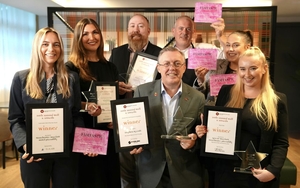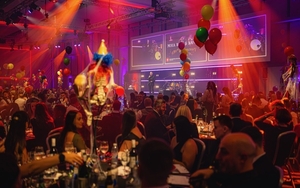Jonathan Schofield explores the deep links with the North of the border
In The Black Friar pub early in 2022 there was one of the finest pies known to man from the skilled hands of chef Ben Chaplin. It was a haggis and neeps (turnip) pie with mash on the side and a colourful variety of kale. It was a take on the classic Scottish dish of haggis, neeps and tatties, a marvel with loads of gravy too. As Burns' Night approached it reminded me of all the deep links between Scotland and the city
If you are raising a glass on Burns' Night raise it to all those Scots who played a part in the story of Manchester
Manchester has been full of over-achieving Scots for more than 200 years, although the first Scot (in ancestry at least) to make an impact was a total under-achiever. This was Charles Edward Stuart, aka Bonnie Prince Charlie, who, with his tartan army, passed through in an attempt to wrest the crown from George II in 1745. Artillery Street in the city centre, off Quay Street and Byrom Street, marks the spot where he practised his canon. He failed miserably although several foolish Manchester men who joined him would be hanged, drawn and quartered for their loyalty to this Scotland-based rebellion. A couple of the traitors' heads were brought back to Manchester and placed on the old Exchange as a gruesome warning to other would-be rebels.

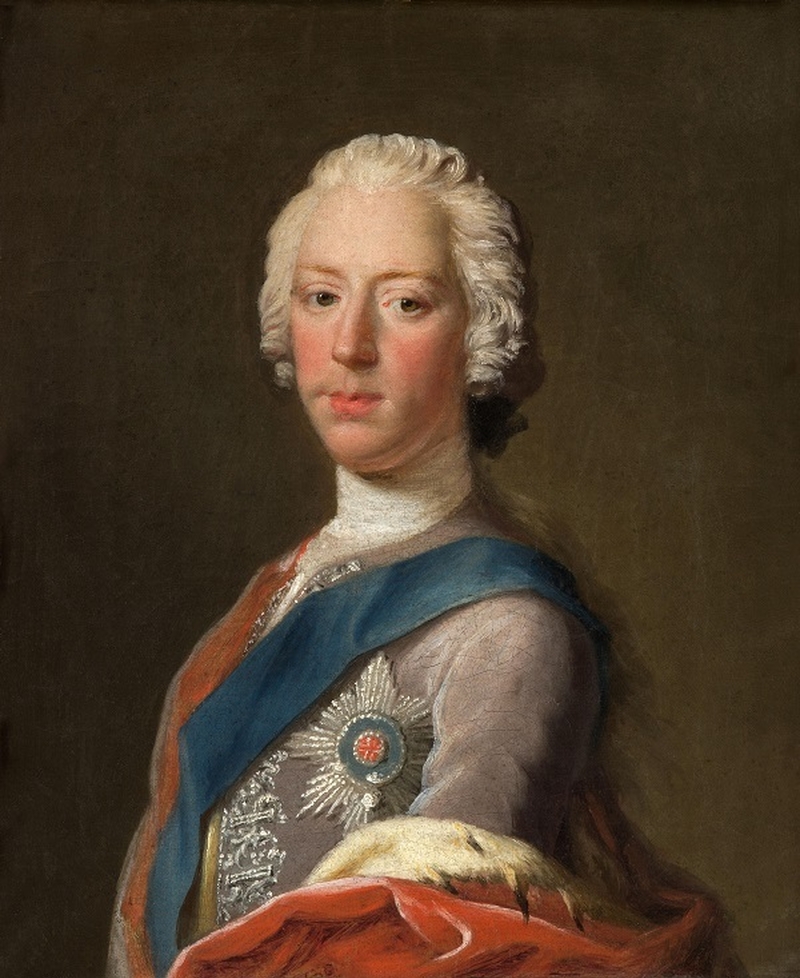
Philanderers, science and industry
A little later, Aytoun Street got its name from Roger Aytoun, a Scot who came down to Manchester in the 1760s and swept Barbara Minshull (hence the parallel Minshull Street) off her feet. He was in his twenties, she was in her sixties. She was also the richest widow in the town. Tongues wagged. Aytoun was famous for scrapping in pubs and his nickname was Spanking Roger. Eventually, he drank and gambled the money he inherited from his venerable wife away and returned to Scotland.
But the real Scottish influence began when a legion of businessmen and engineers came south to seek their fortune in Manchester in the early nineteenth century. They knew the place was a magnet for entrepreneurs, they knew they could make money.
Four such Scots were William McConnel, John Kennedy and brothers Adam and George Murray. Their surviving cotton mills along Redhill Street and Rochdale Canal in Ancoats have been converted into offices and apartments. These structures amazed the world when first built, defining a new way of living. German architect Schinkel when he visited in 1825, wrote, "Here are buildings, seven to eight stories high, and as big as the Royal Palace in Berlin."
Murrays' Mills includes a splendid cartouche dedicated to Adam Murray.
One of the greatest British engineers of all time also settled in Manchester from Scotland. Sir William Fairbairn, the Ardwick-based engineer who perfected boilers so they didn't blow up every few years, designed factory machinery and claimed to have been the engineer behind nearly a thousand bridges including the famous tubular Britannia Bridge across the Menai Straits connecting Anglesey with mainland Wales.
Much of the success of his civil engineering was down to his collaboration with Eaton Hodgkinson, and the pioneering of an efficient H-girder which, altered and adapted, help hold up so many of the world’s buildings.
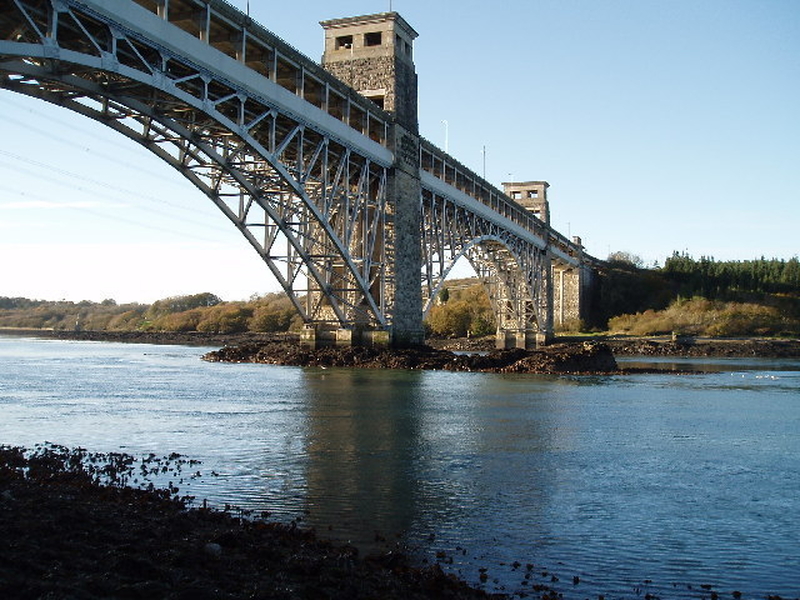
Another Scot boiler-maker, engineer and industrial pioneer was William Galloway. His company’s collaboration with Henry Bessemer at their foundry in Knott Mill, Manchester, led to the Bessemer Process, perfecting the manufacture of steel. As with the H-girder, this helped create much of the modern world. The Deansgate Square towers sit on the site of the foundry and are held up by steel which is the descendant of the Bessemer Process.
As a commentator said in the early nineteenth century: ‘It was rather remarkable that nearly all the original millwrights in Manchester came from the neighbourhood of the Tweed... All were Scotchmen – quiet, respectable and mostly middle-aged, with experience, for in those days a man was not put to mind one machine year after year. He had to understand pretty nearly the whole process, from taking particulars and making patterns, to fixing machinery in the mill.’
Another of these 'Scotchmen' was James Nasmyth who made his mark as the inventor of the steam hammer at his factory in Patricroft.
Many of these engineers and industrialists played a major part in the cultural life of the city. Fairbairn for example was the president of the Manchester Literary and Philosophical Society. Another member of the society was James Young, a Manchester-based Scot, who became well-known for distilling paraffin from coal and oil shales: a sort of proto-fracker.
Charles Macintosh of Glasgow formed an alliance first with the Birley family in Manchester and then with Mancunian Thomas Hancock in 1830 and together they started to manufacture the Mackintosh on Cambridge Street in the city, spreading the popularity of the waterproof coat across the globe.
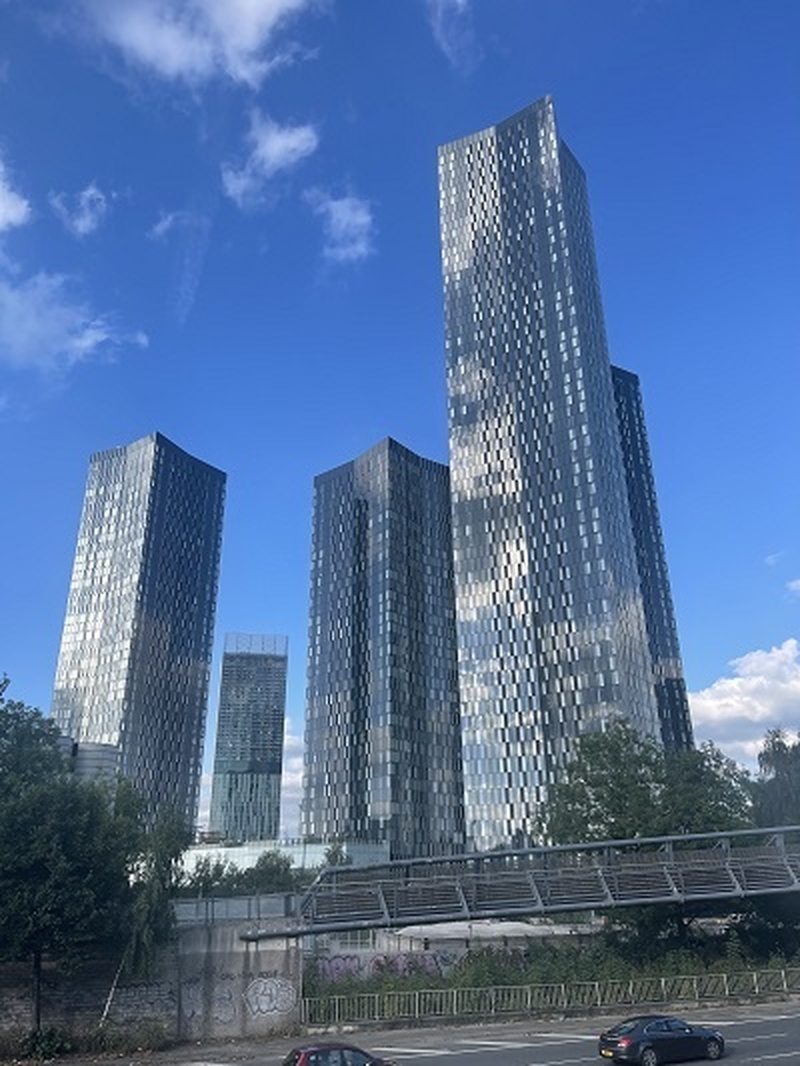
Medicine and sport
There were big Manc Scots in medicine too.
James Braid lectured in the Athenaeum on Princess Street, now part of Manchester Art Gallery in 1841, and introduced the word "hypnotism" to the word. This led from his studies of what had been called "mesmerism". He was also an innovator in the treatment of club foot.
It was Robert Angus Smith from Pollockshields, near Glasgow, who in Manchester conducted research on air pollution in 1852 during which he discovered what we now call acid rain.
Earlier John Ferriar from Jedburgh had been a pioneer in improving sanitation across the city and within medical institutions. He fought against child labour, advocated the use of foxglove in medicine and the opening of public baths. He wrote a four-volume history of medicine.
John Alcock and Arthur Whitten Brown were the first to fly across the Atlantic non-stop in 1919. Brown was born in Glasgow but was raised in Manchester and has a plaque marking this on his old family home at 6 Oswald Road, Chorlton.
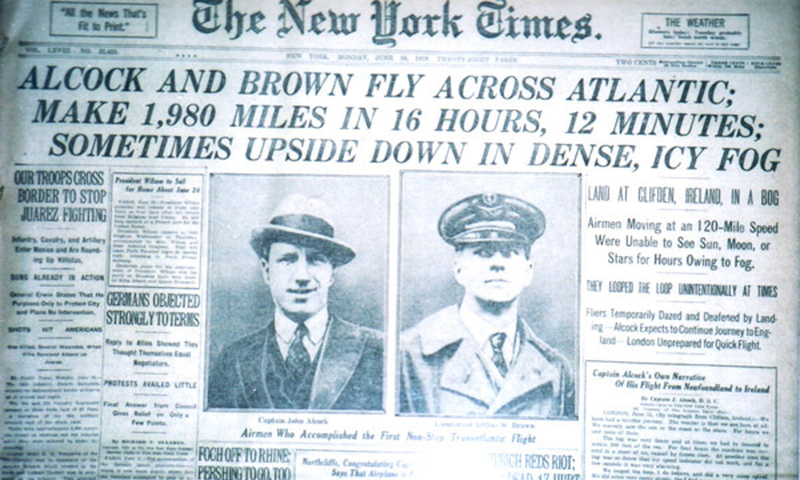
Latterly the achievement of Scots in Manchester sport has been notable, especially in football and especially at Manchester United.
Manchester City line-ups have featured Scots such as Willie Donaghie, Denis Law and Sir Matt Busby - but the latter two were always more associated with United.
MUFC have featured Scots footy players such as Willie Morgan, Pat Crerand, Martin Buchan, Joe Jordan, Gordon McQueen, Lou Macari, Gordon Strachan, Brian McClair and Darren Fletcher.
The Irish might come over in their droves to watch United but it is the Scots who have been far more influential on the team. Sir Matt Busby was the manager for more than two decades, while Tommy Docherty won the FA Cup in the seventies.
For many years the dominant United Scot was Sir Alex Ferguson, the most successful manager in British history and a man who’s still actively involved in the city’s social and cultural scene. Apparently, there was another Scot called David Moyes who succeeded him. Does anyone know how he got on at Manchester United? Scott McTominay, a current United midfielder, was born in Lancaster but chose to play for Scotland as his dad was from there.
Finally, with sport, it was Chris Hoy in Manchester who did so much to make British track cycling our most gold-heavy Olympic sport of recent years.
Culture
The Scots are lead performers in cultural life. Alex Poots was the first director of Manchester International Festival (MIF). From 2007 to 2013 he masterfully crafted a critically acclaimed biennial with global-pulling power.
Speaking of Scottish artists one of the more bizarre episodes of any MIF occurred in 2013 when Berlin-based Douglas Gordon attacked HOME arts centre with an axe. This followed reviews of his production based on Little Red Riding Hood and called Neck of the Woods was panned. He then fled the city.
Another cultural contemporary is the last but one Poet Laureate, Carol Ann Duffy (pictured). As one of her biographical references describe, she was "the first woman, the first Scot, and the first openly gay person to hold the position". She is a Professor of Contemporary Poetry at Manchester Metropolitan University. Another literary Scot is Val McDermid the acclaimed thriller writer. She worked in Manchester for many years as a journalist and based some of her novels here.
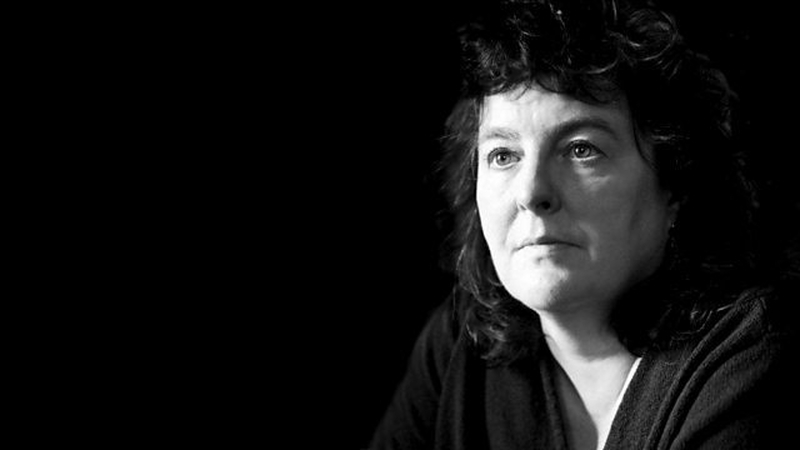
Nor should Dr James Grigor be forgotten who as the chair of Central Manchester Development Company in the 1980s kickstarted the regeneration and active use of a huge area of central Manchester strung along the Rochdale Canal from Castlefield to Piccadilly.
Of course, there has been a dark side too to the Manchester and Scotland link. Ian Brady, the monster of the Moors Murders, came to the Manchester area from Glasgow in the late fifties as a man in his early twenties.
That aside, this article is about the shared history, the entwined stories of Manchester and Scotland. It's a celebration.
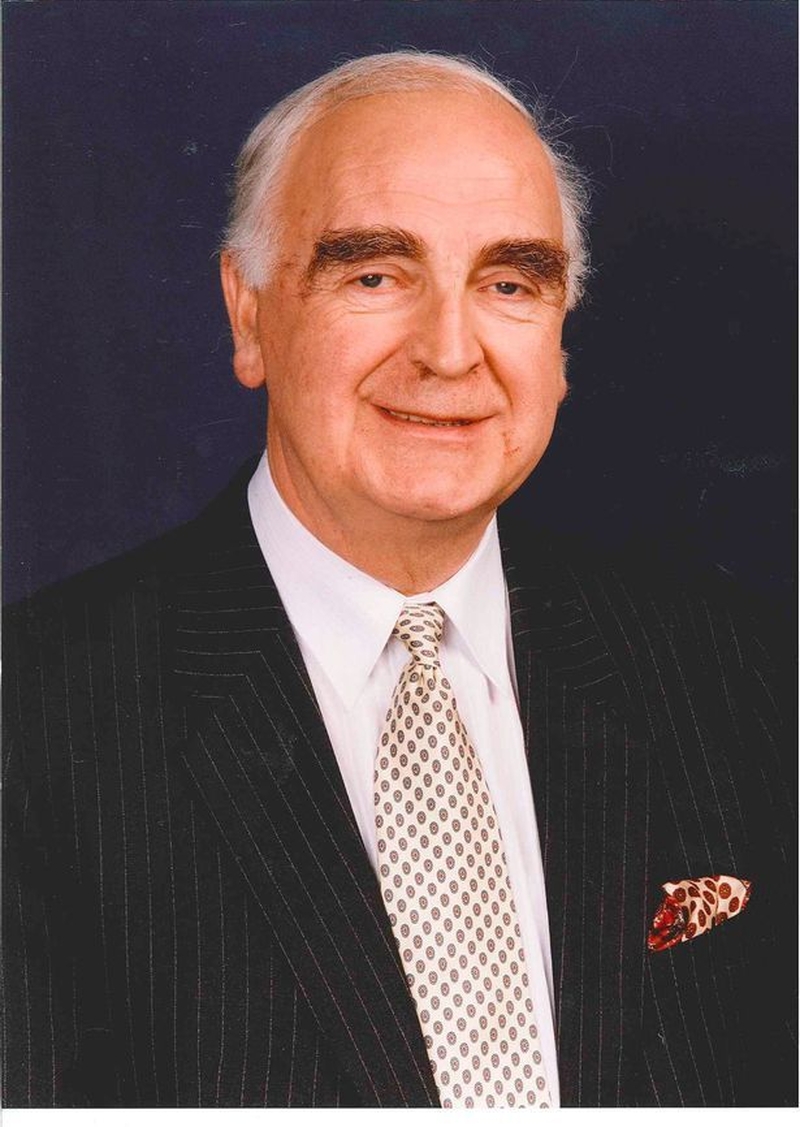
The role of many communities in Manchester has been rightly highlighted by many commentators - German, Jewish, Irish, Greek, Italian and latterly Asian, Black and Chinese - but among the most influential has been Scottish.
Perhaps the reason for the lack of examination is because the North of England and Scotland were composed of very like-minded people so the contribution does not seem as remarkable. Nobody has crossed the sea to get to Manchester from Scotland (well maybe a few from the Hebrides). None of our achievers in the list above had anything other than English as their first language.
Manufactured culture gets in the way of people seeking common ground. It forces them apart. Thinking of Scotland most of us think of kilts, bagpipes and peaty landscapes where everybody goes by the name of Mac. That "Highland" image, manufactured in the late 1700s after the Bonnie Prince Charles rebellion and encouraged through the 1800s especially with Queen Vic's Balmoral obsession, has always represented a tiny proportion of Scotland’s population. The image is mostly sentimentalism.
Mostly the Scots who made an impact on the city in the nineteenth century were southern Scots whose families had always spoken English – albeit the Scots English of Rabbie Burns which plotted its own route after 1300 from the Early Middle English. They were Anglo-Saxon and Norse in background. They would never have dreamt of wearing a kilt.
As for that famous kilt, there’s a surprise in store. The short version now used by anybody with any passing Scottish connection attending a wedding was invented by an Englishman man from Lancashire, Thomas Rawlinson. He went to the Highlands in the 1700s to set up an ironworks. The kilt at that time was a long piece of material that reached the floor and was unsuitable for industrial work so Rawlinson cut it to knee-length in an early health and safety initiative. He was sick of seeing his workers going up in flames.

The ties between the North West and Scotland are massive and they match in other ways. The NW has more than 7m people, Scotland has more than 5.3m. Scotland’s landscape is wilder and more sparsely populated in the north than the south, so is the North West’s. Scotland has two dominant cities separated by 46 miles, Glasgow and Edinburgh. The NW has two dominant cities separated by 35 miles, Liverpool and Manchester.
Back in the 1400s Manchester Cathedral received a gorgeous timber roof. Up there, still visible today, are carved angels playing instruments. Two of them are playing the bagpipes. The common roots of most of Scotland with the North West run very deep. From engineers, scientists, cultural and sporting figures the evidence is clear: we’re the same people in the same sort of area. So if you are raising a glass on Burns' Night raise it to all those Scots who played a part in the story of Manchester and the North West.
This story was originally published in 2022.
Jonathan Schofield's tours and books here. Follow Jonathan Schofield on Twitter @JonathSchofield.
Read next: MIF announces new creative director for 2023 programme
Read again: Property: Manchester House, crazy doors, solar farms, Stockport Library
Get the latest news to your inbox
Get the latest food & drink news and exclusive offers by email by signing up to our mailing list. This is one of the ways that Confidentials remains free to our readers and by signing up you help support our high quality, impartial and knowledgable writers. Thank you!













